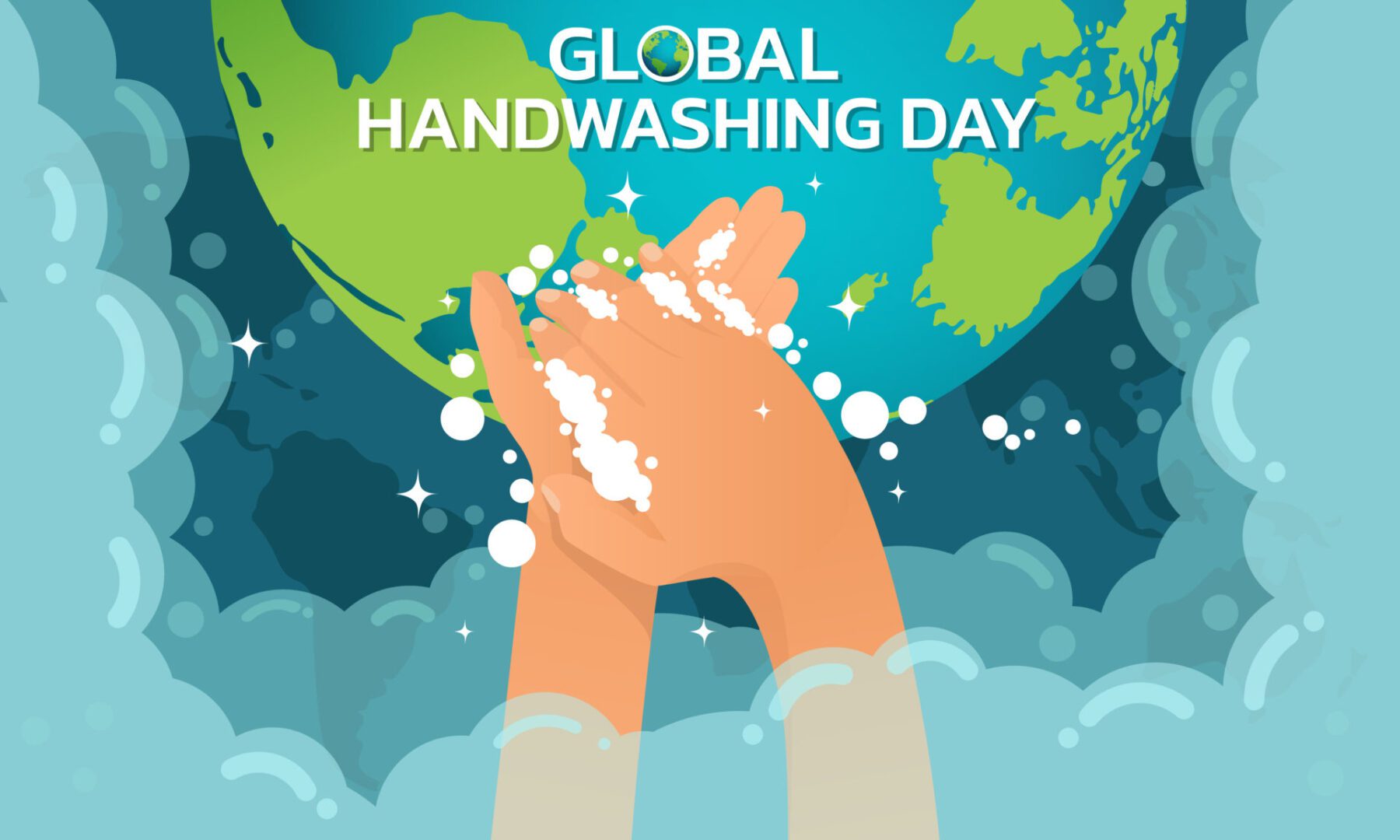Search by Color or Cause


October 15 is Global Handwashing Day. Global Handwashing Day is a global advocacy day dedicated to increasing awareness and understanding about the importance of handwashing. Handwashing with soap is an effective and affordable way to prevent diseases and save lives. Global Handwashing Day is an opportunity to design, test, and replicate creative ways to encourage people to wash their hands with soap at critical times.
Recent years have seen a rise in hand hygiene commitment and action. While great strides have been made, we must triple our current efforts to achieve global hand hygiene targets. Through strong leadership and collective efforts, we can close gaps in access and practice to achieve hand hygiene for all. Everyone has a role to play to ensure clean hands are within reach.
Wear a blue and green, or orange and blue enamel awareness pin for Global Handwashing Day,
Many germs that can make people sick are spread when we don’t wash our hands with soap and clean, running water. That is why handwashing is so important, especially at key times such as after using the bathroom, when preparing food, before eating, and after coughing, sneezing, or blowing your nose.
Handwashing with soap and water is simple and inexpensive, and it can significantly reduce the number of young children who get sick. Teaching people about handwashing helps them and their communities stay healthy. Studies show that handwashing education in the community can:
No matter where you are, keeping hands clean is one of the most important steps you can take to protect yourself from germs that can make you sick. Regularly washing your hands or using alcohol-based hand sanitizer when soap and water aren’t readily available helps keep you and those around you healthy.
Handwashing is an easy, cheap, and effective way to prevent the spread of germs and keep kids and adults healthy. When your family is healthy, you don’t have to worry about missing school, work, or other activities.
Parents and caretakers play an important role in teaching children to wash their hands. Handwashing can become a lifelong healthy habit if you start teaching it at an early age. Teach kids the five easy steps for handwashing—wet, lather, scrub, rinse and dry—and the key times to wash hands, such as after using the bathroom or before eating. You can find ways to make it fun, like making up your own handwashing song or turning it into a game.
Building handwashing skills takes time. At first, your child will need regular reminders of how and when to wash hands. It is especially important to remind children to wash their hands after using the bathroom, before eating, after touching pets, after playing outside, and after coughing, sneezing, or blowing their nose. But once handwashing becomes a habit and a regular part of your child’s day, they will practice it throughout their lives.
Young children learn by imitating the behaviors of adults in their lives. When you make handwashing part of your routine, you’re setting an example for your children to follow.
Washing hands with soap and water is the best way to get rid of germs. If soap and water are not available, use an alcohol-based hand sanitizer that has at least 60% alcohol, and wash your hands with soap and water as soon as you can.